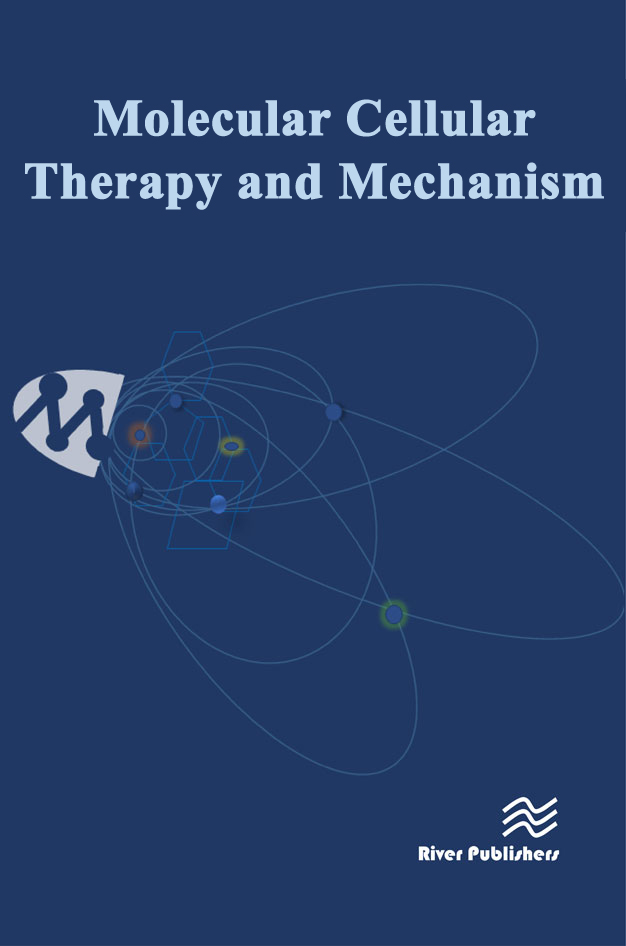Low pH of interstitial fluid around hippocampus of the brain in diabetic OLETF rats
DOI:
https://doi.org/10.13052/2052-8426-2-6Keywords:
pH, Hippocampus, Diabetes mellitus, OLETF rat, Antimony pH electrodeAbstract
Background: We have reported that pH values of ascites and interstitial fluids around the liver in Otsuka
Long-Evans Tokushima Fatty (OLETF) rats are significantly lower than normal pH, 7.40, of mammalian body fluids
(Biochem Biophys Res Commun 2013, 432:650), and that this lowered pH of interstitial fluid causes the insulin
resistance in diabetic patients by decreasing insulin-binding to its receptors (J Physiol Sci 2013, 63:S199). In the
preset study, we tried to measure the interstitial fluid pH in diabetic OLETF rats, since the interstitial fluid pH plays
key factors in the brain function from a viewpoint of the binding affinity of neurotransmitters to their receptors.
Findings: We found that the pH value of interstitial fluids around hippocampus, the most important area for
memory, in diabetic OLETF rats was lower than that in normal rats by measuring pH with antimony pH electrodes.
Conclusions: The lowered pH of interstitial fluid around hippocampus of the brain in diabetic rats observed in the
present study suggests that the function of hippocampus of the brain would be diminished due to low affinity of
various types of neurotransmitters, playing key roles in the hippocampus function, to their receptors. Therefore, we
indicate that maintenance of the interstitial fluid pH at the normal level would be one of the most important key
factors for molecular and cellular therapies in various types of diseases including diabetes mellitus.


